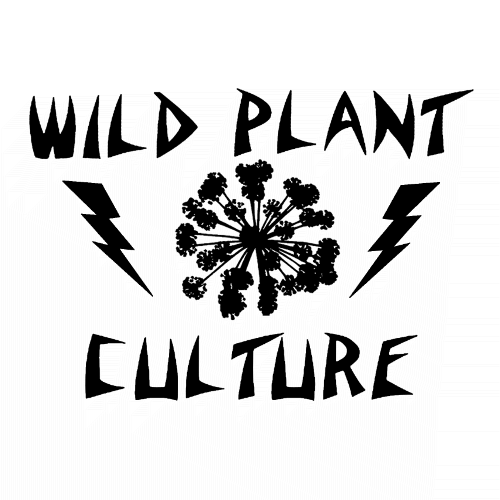ROOTED - Bee balm: What's native and why does it matter?

On a steep ridge along the Delaware River, Jared tells the story of bee balm and an ancient relationship between plants and animals.
On a steep ridge along the Delaware River, Jared tells the story of bee balm and an ancient relationship. Is this rare plant species native here, and what does native really mean anyway?
We're just upslope from the Delaware River in a thicket with some really nice plants.
Oh, and this plant... bee balm. Monarda didyma
Here in New Jersey it's considered an imperiled species.
For bee balm, Heritage Program botanist David Snyder told me: "Virtually every native NJ pop[ulation] is from the Delaware River (south to Bulls Island)."
"So what is native anyway"?
Well, native plants are often defined as species that were present on the continent before 1492.
It's an important date because of the ecological disruption that ensued.
But it doesn't really tell us much about what it means to be native, or why it is important.
Native plants have formed deep relationships with the other elements of their natural community over immense spans of time. These include abiotic elements such as geology and weather patterns, and biotic elements such as soil organisms and pollinators, and even animal disturbances whether those are ant hills, beaver dams, buffalo wallows, or the cultural practices of human beings such as deliberately set fire.
Let me give you an example.
See bee balm's flower? It's made up of many long, red, tubular corollas with a sweet nectar reward hidden deep at the back of the tube.
That sweet nectar at the back of the tube is mainly reachable to pollinators with really long tongues. The primary pollinators of bee balm are hummingbirds, as well as large butterflies such as fritillaries, and some bumblebees.
Birds see red very well, other pollinators not so much. So this plant is signaling to its preferred pollinator, the ruby-throated hummingbird.
The lower lip of the corolla guides the hummingird's bill in, and a yellow spot of pollen is deposited on the hummingbird's head right between the eyes, which will make contact with the exserted stigmas on another bee balm flower, effecting pollination.
A perfect fit.
Hummingbirds are found in North and South America only. You'd never have a European bee balm, because the relationship that molded it couldn't exist there.
Bee balm diverged from sister species in Monarda to specialize in hummingbird pollination 600,000 years ago. It's these kind of deep time interdependencies that make a plant native.
